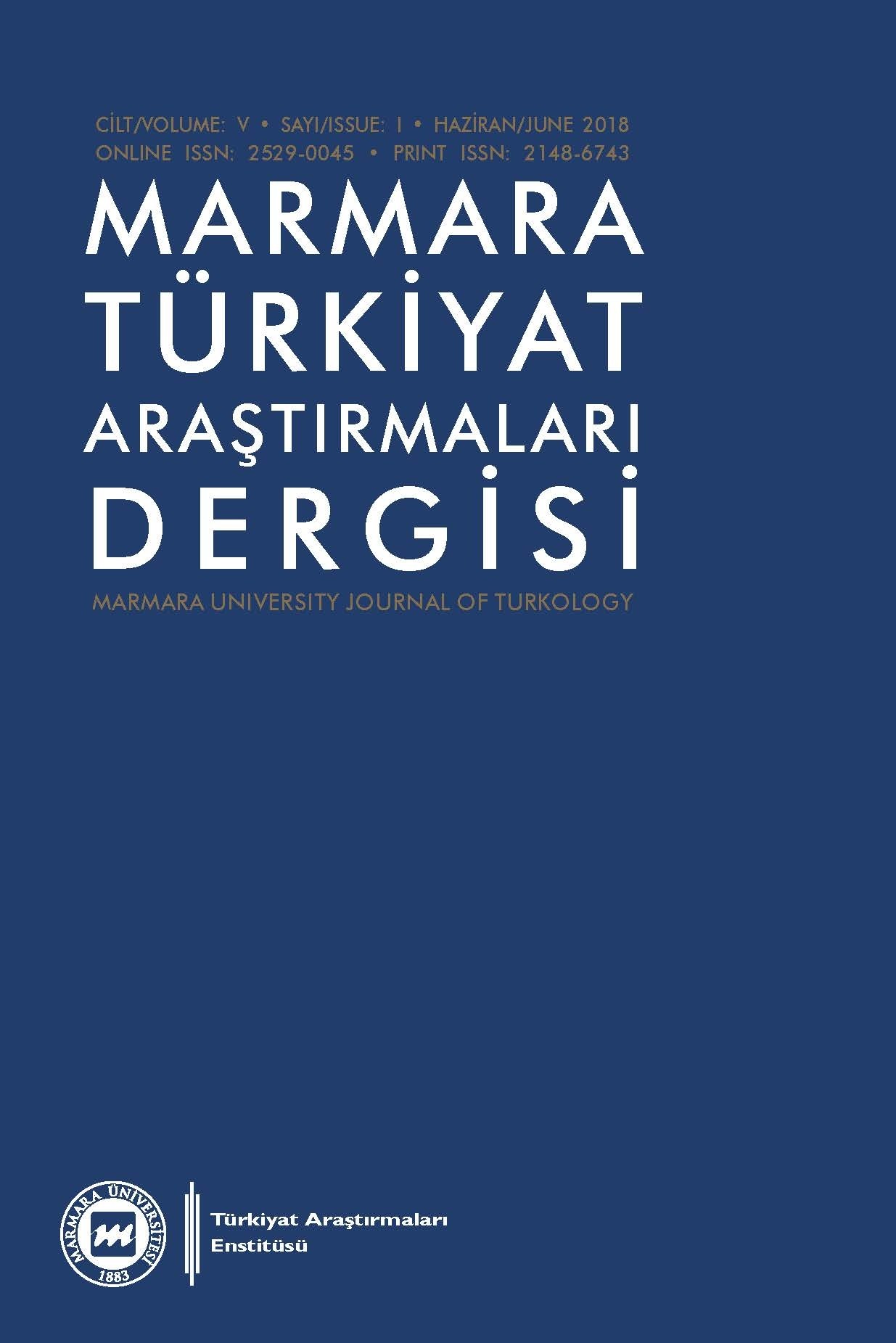Harput, Ribat-i Keban and Sivrice locations should owned by Eretnids as
@Aramenian and
@Ispil said, also
here is the offical municipality website about county's history saying the same thing
As for the city of Harpoot, it should be owned by Eretnids

en.wikipedia.org
So, doing some review, my conclusions are:
- Harput and Keban should belong to Eretna (conquered by the Dulkadirids in 1338)
Also about Sivrice, Ispil is quite right. Sivrice founded in Turkish Republic and if you look at geographical view of the area, you can see its making much more sense Eretnids/Sutayids controlling it rather than Egil Emirate.
Also @Pavía, something funky is going on with Egil and Ergani as locations. Ergani is immediately due east of Sivrice, and Egil is southeast of Ergani. However, as per their locations on the map, Ergani is somehow south of Egil?
The Bulduqani definitely hold Egil, but what else they hold aside from that is... well, left to the mapmaker's discretion. Feel free to give Sivrice back to the Sutayids if it doesn't align correctly after moving Egil and Ergani around.
- To Doger
- To Sutayids
- To Bohtan
Make the Artuqids the city-state that they always were.
Agree, though not Nusaybin and Midyat. Artuqids were controlling those areas at the time, one of the proofs of that is they attacked Ayyubids in Hasankeyf in 1336 which is the only way to go there is through Nusaybin and Midyat if you look geographic view of the area. Also it writes Ayyubids asked help of Bohtan Emir of Izzeddin al-Bohti which called as "Fınık Castle's ruler" that is in Cizre, which is the main settlement of the Emirate (
link). So in conclusion, Midyat and Nusaybin's situation is not really clear at the time of who controls. But If you look geographic features of the area and other events in history, its most likely the Artuqids who controls the locations.
For Döger (1), if you look at the geographic view of the area, Rasulayn falls behind the river that seperates modern Şanlıurfa and Mardin provinces and every settlement below Rasulayn follows the river, so it makes so much sense that Döger/Mamluks controlling that locations rather than Artuqids. I researched for this topic but couldn't find much about who controllin these but I believe it was Döger/Mamluks.
Also for a side note, Emir Sutay (Governor of Diyarbakir) called as "ruler of Mosul, Sinjar, Telafer and Cezire"; also again, when you look at the geographic view of the Sinjar area, you can see it makes more sense to being controlled by Sutayids rather than Artuqids in north.
Marmara Türkiyat Araştırmaları Dergisi | Cilt: 8 Sayı: 1

dergipark.org.tr
I am not sure and couldn't find about situation of Barqa'id location. You can give it to Sutayids ot Bohtan.
Also there should be Çermik and Palu Emirates which is from the same family/dynasty of Egil Emirate. You can read a good summary of that here
https://tr.m.wikipedia.org/wiki/Palu_Beyliği
By the time, I guess the leader of The Egil Emirate would be Emir İsa, Çermik would be Emir Hüseyin, Palu would be Emir Timurtaş. They are all brothers btw.
















